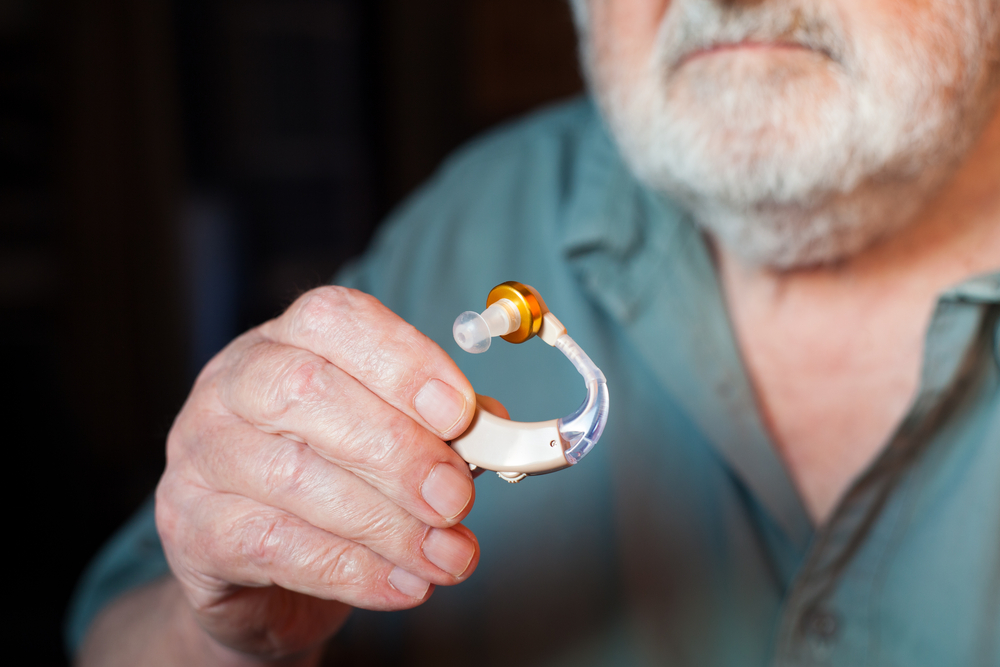Key Factors to Consider When Selecting the Best Hearing Aids for Optimal Hearing Enhancement
Choosing the ideal hearing aid involves evaluating various features such as feedback control, noise reduction, directional microphones, and advanced programming options. Prioritize reputable brands and consult professionals to find a device tailored to your hearing needs. Enhancing comfort and sound clarity, the right hearing aid can significantly improve daily communication and quality of life, especially in noisy environments or outdoor settings.

Key Factors to Consider When Selecting the Best Hearing Aids for Optimal Hearing Enhancement
Choosing the right hearing aid is a significant decision that involves comprehensive research and careful evaluation. With the wide variety of options available in the market, it’s essential to focus on reliable brands and advanced features that can greatly improve your hearing experience. The top manufacturers in the hearing aid industry offer quality devices that cater to various needs. In this guide, we will explore the critical features to consider to ensure you select a device that provides comfort, clarity, and dependability for long-term use.
When beginning your search, it’s advisable to consider the leading brands among the top 10 hearing aid manufacturers. Brands such as Phonak, Oticon, Signia, Widex, and Resound are renowned for their innovative technology, durability, and customer satisfaction. Prioritizing reputable brands helps to guarantee that you are investing in a reliable product backed by solid research and customer support. But selecting a hearing aid is not solely about brand recognition; understanding the technical features that significantly impact usability and comfort is crucial.
Feedback Control Technology
One of the essential features in modern hearing aids is feedback management. Feedback noise, often experienced as high-pitched squeals or whistling sounds, can be quite disruptive and embarrassing. These noises are typically caused by technical issues, earwax accumulation, or improper fit of the device within the ear canal. Advanced hearing aids are equipped with feedback cancellation technology that actively detects and suppresses these noises, providing a more enjoyable listening experience. Ensuring your device has effective feedback control can dramatically enhance comfort and confidence during daily activities.
Background Noise Reduction
Amplifying sounds without filtering out background noise can lead to a cluttered auditory environment, making it difficult to focus on conversations or relevant sounds. To address this challenge, select hearing aids that feature sophisticated noise reduction capabilities. These devices automatically or manually adjust settings to diminish ambient environmental noises, such as traffic, crowds, or machinery, thereby improving speech clarity. The ability to effectively reduce background noise is vital for users who frequently find themselves in noisy settings, such as restaurants, public transportation, or outdoor environments.
Directional Microphone Technology
Directional microphones are another critical feature to consider. This technology allows hearing aids to identify the direction of sound sources and focus on the primary sound, such as a person's voice, while suppressing sounds coming from other directions. This feature is especially beneficial in noisy environments like social gatherings, meetings, or bustling streets, where distinguishing speech from background noise can be challenging. Devices with advanced directional microphone systems significantly enhance the clarity of conversations and reduce listening fatigue.
Number of Processing Channels
The number of channels in a hearing aid influences its ability to fine-tune different audio frequencies for a personalized hearing experience. More channels offer finer control over sound processing, allowing the device to accurately amplify specific speech frequencies and diminish unwanted sounds. This customization results in clearer, more natural sound quality tailored to your unique hearing profile. While some basic models may have fewer channels, premium devices frequently offer a high number of channels, ensuring optimal performance across various listening environments.
Wind Noise Management
Outdoor activities often involve exposure to wind, which can generate disruptive noise that hampers speech understanding. Modern hearing aids are equipped with wind noise suppression features that minimize the impact of wind sound on audio clarity. These technologies utilize specialized microphones and filtering algorithms to detect and reduce wind noise, providing a smoother listening experience during outdoor adventures, walks, or windy weather. Building this feature into your selection criteria can greatly enhance usability in outdoor conditions.
Advanced Programming and Connectivity Options
Customization and convenience are critical when choosing a hearing aid. Modern devices offer a variety of programming options that allow users to tailor hearing settings according to different environments. Automatic adjustments enable the device to adapt seamlessly to various sound profiles, while manual controls let you fine-tune audio preferences. Bluetooth connectivity is another highly sought-after feature, facilitating wireless pairing with smartphones, tablets, and other compatible devices for streaming audio, phone calls, and remote control through dedicated apps. Some devices also support wireless pairing with non-Bluetooth devices and offer data storage capabilities for personalized profiles. The flexibility and versatility of these programming options ensure a more natural and comfortable hearing experience across diverse scenarios.
- Leading Brands in the Hearing Aid Industry
In conclusion, selecting a hearing aid involves considering multiple technical and practical features that impact comfort, clarity, and performance. Prioritizing feedback cancellation, noise reduction, directional microphones, channels, wind noise suppression, and advanced programming options ensures you choose a device suited to your specific hearing needs. Always consult with an audiologist or hearing specialist for professional guidance tailored to your personal hearing profile. Remember, the right hearing aid can significantly improve your quality of life, communication, and confidence in various social and environmental contexts.





